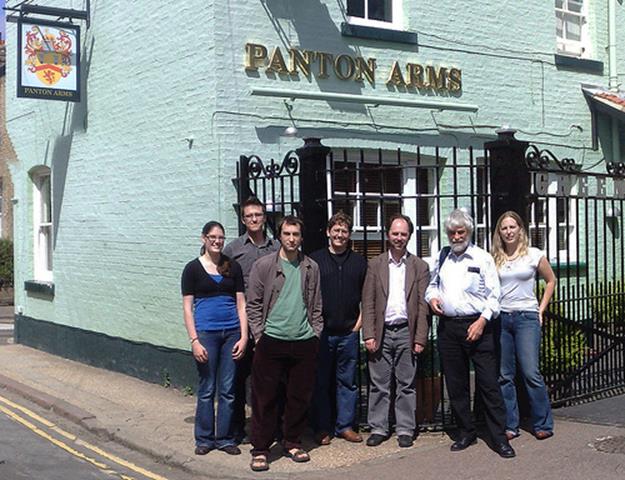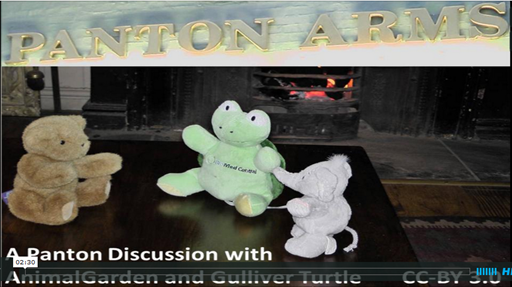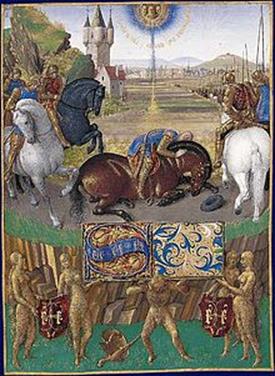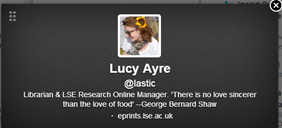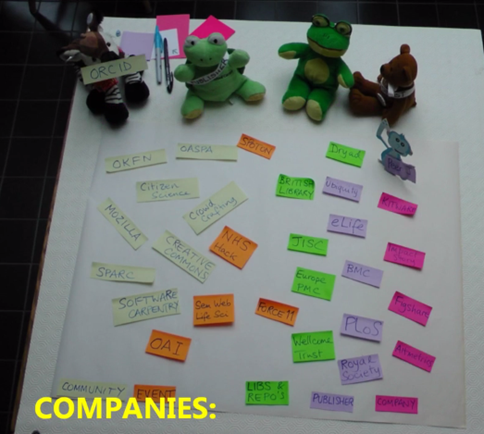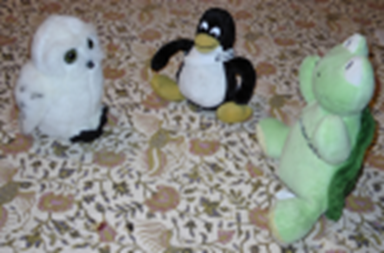A wonderful launch of Cambridge Open Science / research at the Panton last night. 14 people came which is a wonderful number – enough to get a sense of critical mass. Lovely warm fire, comfy sofas, British beer, projector, screen, internet – what more could we want?
This was driven by Keren Limor who put great energy into the event. Mailing, tweeting, distributing flyers. And she had a great introductory program. Something like:
- Mixer game
- Keren presentation on the issues of Open Access and open research (e.g slides of Mat Todd’s work on Open Drug Discovery).
- PMR talking about the history of OKFN – what I thought of Rufus Pollock in 2004 and why I joined the OKFN then.
- Excellent video from Jonathan Eisen + Nikc Shockey + PHDComics (http://www.youtube.com/watch?v=L5rVH1KGBCY) on Open Access. 5-minutes of must-watch
- Discussion
- Video of Jack Andraka getting Wired award. http://www.wired.co.uk/news/archive/2013-10/17/jack-andraka-wired-2013 . This is sensational.
- Discussion about what we might do next. There’s a great Idea come up… I’ll tweet when more details
Playing the videos was a stroke of genius, Keren. It’s like being at the movies with friends when you have a sense of community, even if you’ve seen them before (which most hadn’t).
A real feeling of community and going forward. The next meeting’s in a month’s time, in the Panton (Keren, can you comment the date/time?) It’s by Fiona Nielsen who’s developed a really great idea (http://dnadigest.org/news/ ) DNA Digest.
Fiona was one of the four of us who planned the group. Everyone can understand What Fiona will talk about, so please all come. (Cambridge is an easy ride from London, as well).
UPDATE from Keren:
Hi,
Thank you Peter!
Here is the link to the event next month: http://www.eventbrite.co.uk/e/would-you-share-your-genome-sequence-tickets-9293969513
what are we going to talk about?
The genomic era is at our doorstep together with a lot of promises to personalized medicine – But what exactly is a genome? Do I have to share it? Do I have to share it all? With whom should I share it? What ethical issues might arise? What are my rights concerning my genome?
For more updates/links/discussion join our facebook group Open Research Cambridge
All the best
Keren
